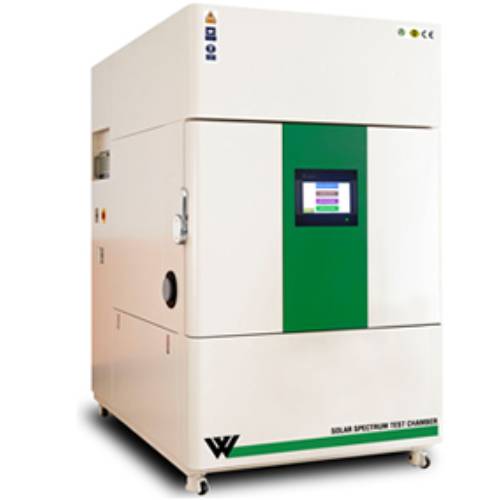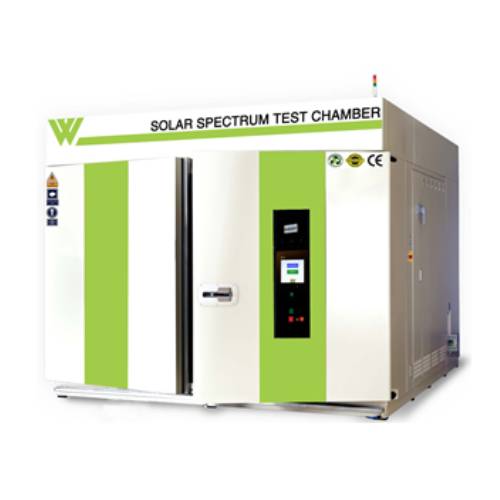Solar Spectrum Test Chamber Manufacturer
A Solar Spectrum Test Chamber is a specialized environmental testing device designed to simulate the effects of sunlight, specifically the solar spectrum, on materials and products. It is commonly used to evaluate the durability, performance, and degradation of materials when exposed to ultraviolet (UV) radiation, visible light, and infrared (IR) radiation, which are components of the natural sunlight spectrum. This chamber replicates the sun's energy in a controlled environment to assess how materials respond to prolonged exposure to sunlight, helping manufacturers improve product longevity and reliability.
The test chamber uses a combination of light sources, such as xenon arc lamps or metal halide lamps, to emit radiation that closely mimics the solar spectrum. These light sources are often coupled with additional features like temperature control, humidity control, and precise monitoring systems to simulate the effects of environmental factors like heat, moisture, and UV exposure in a variety of climates. This enables manufacturers to accelerate the aging process of materials or coatings, allowing for a more efficient testing period compared to natural outdoor exposure.
A key application of the Solar Spectrum Test Chamber is in the testing of photodegradation, where materials like plastics, paints, coatings, fabrics, and electronic components are exposed to sunlight to study how they break down or degrade over time. These tests help in identifying issues such as fading, cracking, warping, and loss of strength due to UV exposure, which can ultimately affect the quality and performance of the product in real-world conditions.
The chamber can also be used for solar energy applications where the behavior of photovoltaic cells and solar panels under simulated sunlight is studied. This includes testing the efficiency, output, and lifespan of solar products, ensuring they can withstand long-term exposure to environmental factors. By using a Solar Spectrum Test Chamber, manufacturers can obtain valuable insights into the behavior of materials under solar exposure, enhancing product design and improving performance in sunlight-exposed applications.




